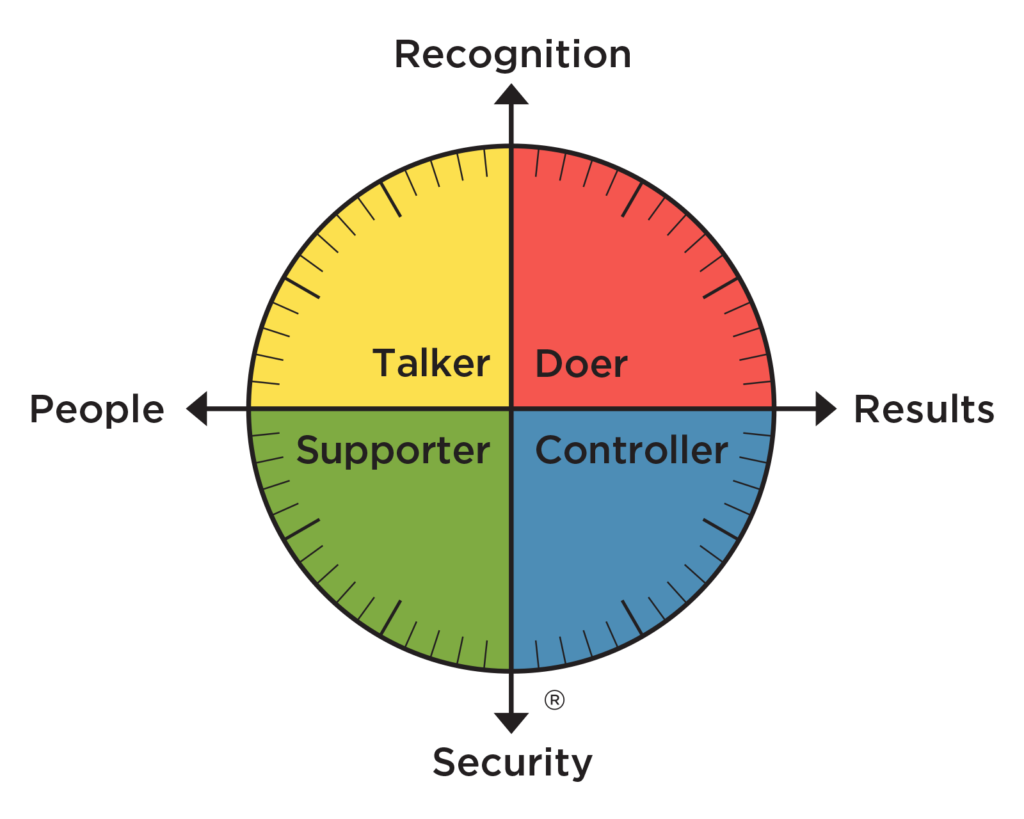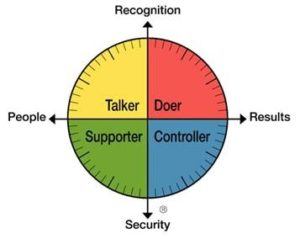Teams Performance is the Engine to Fuel for Greater Results

With more people working on teams—and with companies relying on teams performance more than ever—they need success tools to help them understand what the team needs not just as individuals but collectively.
by Joyce Hames
Successful companies today move quickly. They do it by knowing how to adapt and adjust to constant changes, make smart decisions and collaborate to achieve common goals. And teams are the engine that make it all possible.
Rather than filtering work down through layers of directive management, organizations are handing over the reins to teams and empowering them to make things happen. It’s one of the reasons McKinsey calls small, independent teams “the lifeblood of the agile organization.”
But no matter how skilled and talented people are on their own, there’s no guarantee they’ll automatically work together productively as a team. In fact, when you bring together a group of accomplished, intelligent people with their own perspectives and preferences, those individual strengths can often end up slowing down progress and even damaging relationships and engagement.
With more people working on teams—and with companies relying on teams performance more than ever—they need success tools to help them understand what the team needs not just as individuals but collectively.
How Teams Get Off Track
Many of the hurdles teams encounter are rooted in the fact that different people interact and behave in different ways. When it comes to productivity, trust and overall engagement, these Behavior Style differences can have some unintended consequences when it comes to productivity, trust and overall engagement. While one team member sees themselves as focused and “head-down” on the work, their teammate sees them holding back information and putting the team at risk of missing an important deadline.
Of course, it’s not intentional. No one comes to work planning to ruin their teammates’ day. But people tend to operate out of habit so much that they end up serving their own agenda instead of helping the team reach the highest level of results.
The way people communicate in today’s work environment tends to exacerbate the problem. Think about how easy it is to misinterpret an email, which is now the go-to mode of communication. We make assumptions about tone or question what someone means by a simple comment and end up wasting an hour trying to read between the lines or get clarification.
With deadlines looming, stress levels rising and teammates working in remote locations, it’s harder for team members to really get to know their colleagues—and harder to find time for trust-building. And when trust is missing, people fill in the blanks and assume the worst.
Collaborating Without a Map
Adding to these challenges is the fact that most teams today operate fairly autonomously. They’re tasked with short-term goals that they all have to contribute to, but they’re typically given very little direction on how to accomplish them. That means they have to collaboratively decide on their priorities and work together to achieve them.
In other cases, like in sales organizations, strong individual contributors are promoted to team lead even though they don’t necessarily know what’s required to make a team effective. They’ve been successful in the sales role, so the expectation is that they can lead a team to successful outcomes. But all too often, they flounder.
Getting a team to work together in a cohesive manner isn’t easy. Fortunately, Behavior Styles can serve as a kind of roadmap for working together more productively. When team leaders and members recognize and value the different Behavior Styles, they can become a mutually supportive force that holds each other accountable to achieve a common purpose.
Behavior Styles and Team Effectiveness
The goal of exploring Behavior Styles in a team is to recognize and honor the different styles, consider them worthy of inclusion, and avoid the silos that can be created when the team isn’t in sync.
When people understand different Behavior Styles and why they matter, it changes the dynamic from, “I can’t believe he has to have all these details before taking action,” to, “I see why he needs that and how it benefits what we’re doing, so I’m willing to cooperate with it.” Instead of expecting sameness, people recognize and value differences and see how they all contribute to the purpose.

Teams are complex entities, but Behavior Styles can serve as a foundation for collaboration. Because once you understand the differences, you can do something about it. You can flex to different styles in the moment so that the communication is stronger and more effective with each person on the team. No more wasted time trying decipher deeper meanings or look for hidden motives.
Successful Teams Start with Common Purpose
Regardless of the different Behavior Styles on the team, the team has to be unified in a purpose that aligns with the overall organizational purpose. If they aren’t, they become individuals competing against each other. So start with purpose and values. The Behavior Styles then become the tools to make sure the team is optimized around that purpose.
The end result is higher trust, engagement and productivity, lower stress and well-managed conflict—because no team exists without conflict. It’s how a team handles conflict that makes the difference.
When you have a solid work team that you trust and can count on, you have a much greater synergy and energy. And ultimately, that’s what leads to greater agility, engagement and results.

Vice President, Client Engagement
Related Blog Posts



